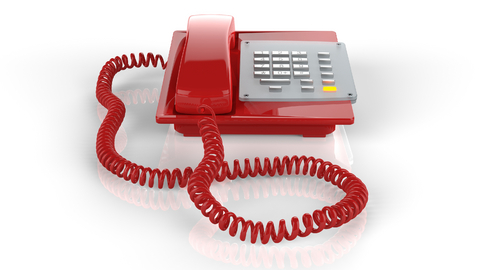One of the key factors when reducing the hassle-factor in your customer experience is simply to reduce the number of steps customers have to take to get their issues resolved.
 A common metric for measuring success in this area, particularly in the call center industry, is first contact resolution (FCR). While I think a narrow focus on FCR can sometimes lead to skewed incentives and unwanted results, the importance of solving customer issues on initial contact cannot be overstated.
A common metric for measuring success in this area, particularly in the call center industry, is first contact resolution (FCR). While I think a narrow focus on FCR can sometimes lead to skewed incentives and unwanted results, the importance of solving customer issues on initial contact cannot be overstated.
I wanted to share with you some interesting statistics on the importance of first contact resolution that you can use with your team to help them not only understand the idea of first contact resolution but also to embrace it:
Of course, your FCR statistics are only as good as your methodology for collecting them. One of the reasons FCR numbers can be misleading and not actually represent the experience the customer is having is because customers might not feel resolved. Asking is a good first step, but even a positive response to the question “have I resolved your issue for you today” might not indicate the customer’s true state of mind. Your rep will place a check in the “resolved” checkbox, but the customer is still not in a good place.
How can an issue be resolved but not really resolved? Here are two examples:
First contact resolution is a useful metric, and a powerful idea for any customer-facing organization. Just make sure the customer comes before the customer service checklist when using it, and you can make sure it is a metric that drives results, not just impressive-looking numbers on your monthly reports.
Comments are closed.
© 2011-2025 CTS Service Solutions, LLC.
All rights reserved.
Legal Information | Privacy Policy
How to Cite this Site
Monday, huh? I’ll be baaahk……..
Do you let your message serve as a blueprint for your businesses? How is that working for culture?
I live in a world without message… 🙂